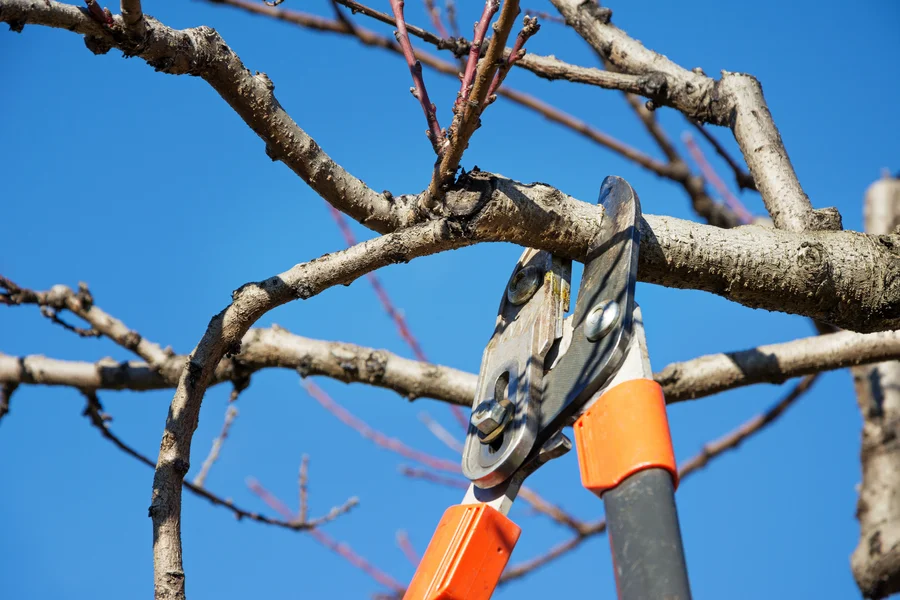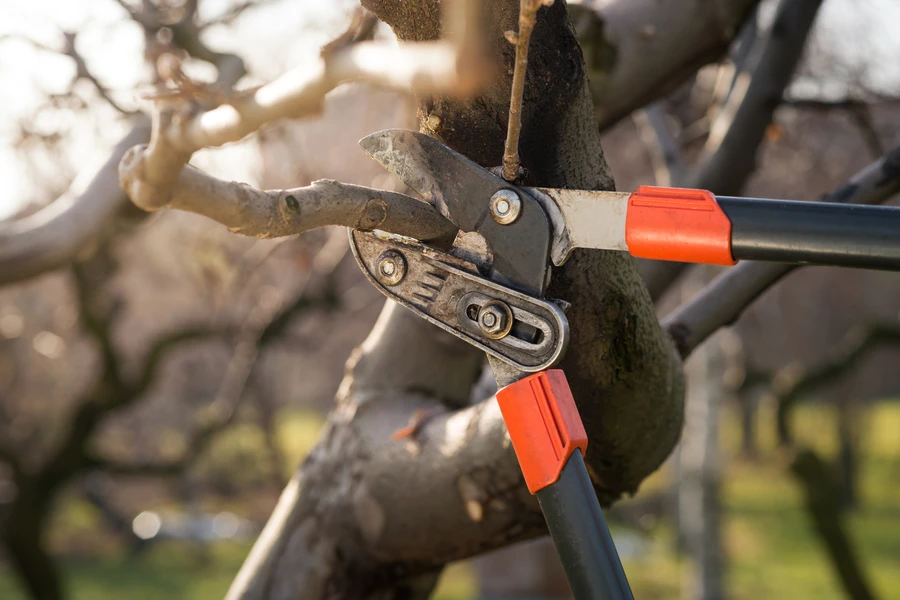Understanding the Best Timing for Healthy Tree Maintenance
Pruning your trees is an essential part of tree care that helps maintain their health, appearance, and safety. Understanding when to prune your trees can significantly impact their growth and longevity. By choosing the right time to make cuts, you ensure that trees have the best chance to heal quickly and continue thriving. Whether you’re a homeowner or professional arborist, knowing the optimal pruning schedule is important for achieving desired results.

The Importance of Seasonal Timing
Choosing the right season for pruning can boost your tree’s health and vigor. Generally, late winter or early spring, before new growth begins, is ideal for most trees. This timing allows for maximum healing and minimal stress on the plant. However, some trees may require specific timing based on species. Knowing these differences will aid in making more informed decisions about when to prune.
Factors Influencing Pruning Decisions
Several factors affect when you should prune your trees. These include the tree’s age, species, health status, and environmental conditions. For example, young trees might need different pruning approaches compared to mature ones. Additionally, certain species thrive with particular care routines. Tree pruning is greatly influenced by these elements as it determines how they respond to cuts.
Benefits of Proper Pruning Practices
Proper pruning offers multiple benefits. It promotes healthy growth by removing dead or diseased branches. This practice also improves air circulation and sunlight penetration, which are crucial for photosynthesis. Moreover, well-pruned trees are less likely to suffer from storm damage. These advantages make regular maintenance an integral part of tree care routines.
Common Mistakes in Tree Care
Avoiding common mistakes is key to successful tree maintenance. One frequent error is over-pruning, which can stress a tree and hinder its growth. Another mistake is pruning at the wrong time of year, leading to increased susceptibility to disease or pest infestation. Lastly, improper cuts can create wounds that do not heal properly. Being aware of these pitfalls will help you achieve better outcomes.
Steps for Effective Pruning
- Evaluate the tree’s condition to identify what needs trimming.
- Select the appropriate tools for the job.
- Make clean cuts close to the branch collar to promote healing.
- Avoid cutting too much at once; focus on removing problem areas first.
Best Practices for Tree Care
To ensure your trees remain healthy, follow these best practices:
- Regularly inspect your trees for signs of disease or pests.
- Water your trees adequately during dry periods.
- Mulch around the base to retain moisture and prevent weeds.
- Consult with professionals for large or challenging jobs.
Budgeting for Tree Maintenance
The cost of maintaining healthy trees can vary depending on several factors like size, type, and location. While investing in professional services might seem costly upfront, it often prevents larger expenses later by catching issues early. Balancing cost considerations with long-term benefits is crucial for effective tree care planning.

Contact Us Today for Expert Advice
If you’re unsure about the best time to prune your trees or need expert assistance, reach out to us. Located in Hayward, CA, our team specializes in providing tailored tree care solutions. Call (510) 792-6590 today to speak with one of our knowledgeable experts. At Castillo Tree Service Inc, we are committed to helping you enhance the beauty and health of your landscape.